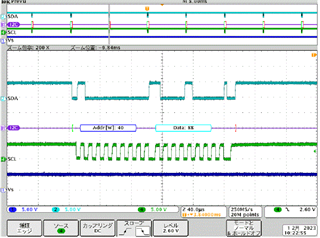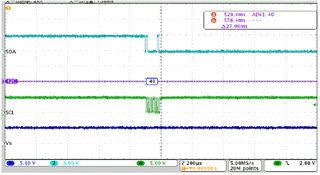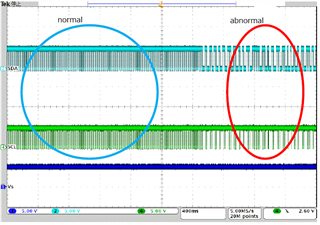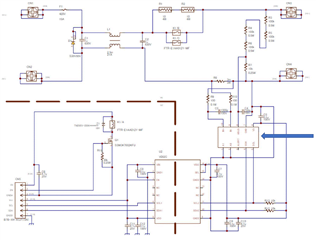Other Parts Discussed in Thread: INA226
Hello,
My customer has an issue on INA233 when changing the temperature rapidly like from 20degC to 60degC. Would you please tell me what would be the root cause?
I summarize the behaviors as follows.
- INA233 shows abnormal behavior when the temperature changes rapidly like from 20degC to 60degC.
-> They have 7 units out of 17 showing the issue.
-> The issue happens just after power up or 10 minutes later, but if they change the temperature rapidly by using hair dryer, the issue happens on the 7 units even just after power up.
● Normal Operation

● Abnormal Operation

● Normal to Abnormal

- Vs is normal even when the issue is happening.
- INA233 works well if the temperature is stable even at 100degC.
-> The issue happens only when the temperature changes rapidly.
- INA226 works well even when the temperature changes from 20degC to 60degC.
-> INA226 doesn't have the same issue, but INA233 only does.
- The units showing the issue recover some time later by the SDA pin going up to high level.
-> All the units show normal operation some time later even those have issues.
The schematic is attached here. The picture quality isn't that good, but you would be able to see how INA233 is connected in their system. I understand R9/R10 need to be ≦10Ohm instead of 100Ohm, but I don't think those will be the root cause.

Best Regards,
Yoshikazu Kawasaki

